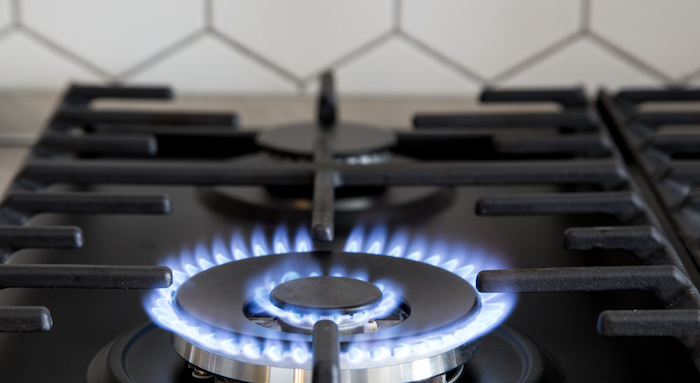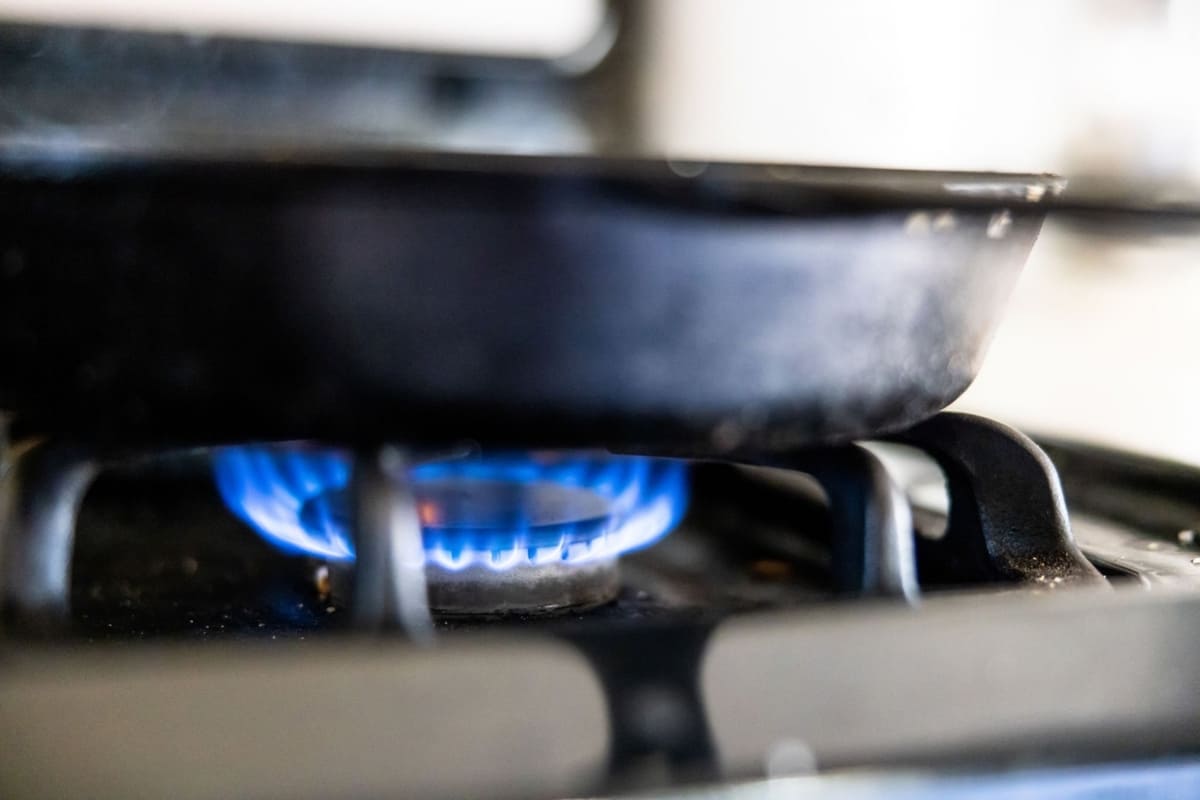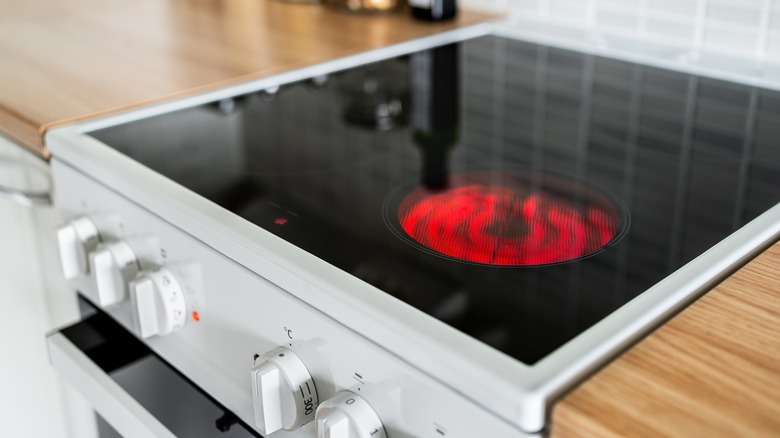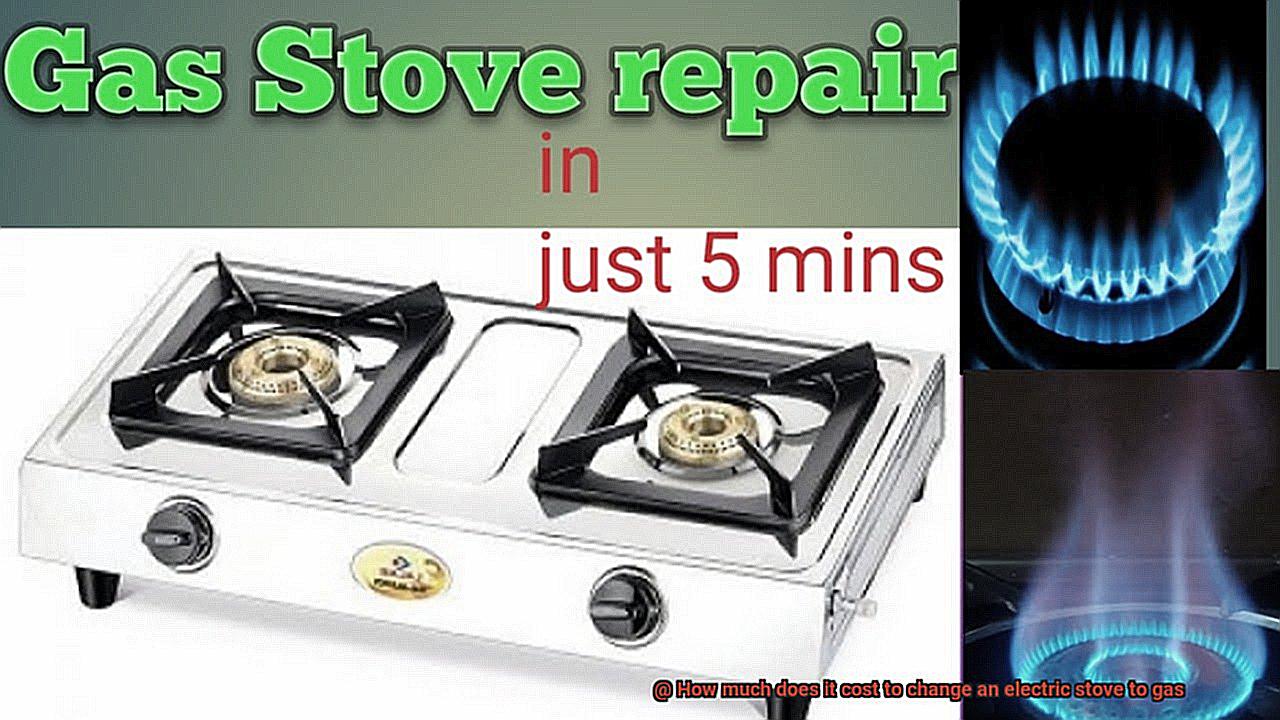Cost Of Converting Electric Range To Gas

Switching from an electric range to a gas range is a common home improvement project, driven by factors like cooking preferences and energy efficiency considerations. However, understanding the true cost extends beyond the appliance itself and involves several HVAC-related elements. This article provides a comprehensive overview of the costs involved, necessary certifications, job outlook implications, and career path opportunities related to converting an electric range to gas.
Understanding the Costs: A Detailed Breakdown
The cost of converting an electric range to a gas range is multifaceted, encompassing both material and labor expenses. Here's a detailed breakdown:
1. Gas Line Installation: The Core Expense
This is typically the most significant expense. If your home doesn't already have a gas line near the kitchen, you'll need one installed. This involves:
- Permitting: Expect to pay between $50 and $500 for permits, depending on your locality. This is crucial for ensuring the work complies with local building codes.
- Materials: Gas pipes (typically black iron or copper), fittings, and shut-off valves can range from $100 to $500, depending on the distance the line needs to run and the type of materials used.
- Labor: Hiring a licensed plumber or HVAC technician is essential. Labor costs typically range from $500 to $2,000, depending on the complexity of the installation. Factors influencing the price include the distance from the existing gas meter, whether the line needs to be run through walls or under floors, and the accessibility of the work area. Expect an hourly rate for qualified professionals to be between $75 - $150.
2. Appliance Purchase: Choosing Your Range
Gas range prices vary widely, from basic models around $400 to high-end professional ranges exceeding $5,000. Consider factors like BTU output, features (convection, self-cleaning), and brand reputation when making your selection.
3. Electrical Work: Ensuring Compatibility
While a gas range primarily uses gas for cooking, it still requires electricity for features like the igniter, oven light, and electronic controls. You may need to install a dedicated 120V outlet if one isn't already present near the range location. This could cost between $100 and $300, depending on the complexity of the wiring and any necessary electrical panel upgrades.
4. Ventilation: A Crucial Safety Component
Proper ventilation is vital when using a gas range to remove combustion byproducts and prevent carbon monoxide buildup. If you don't already have a range hood, you'll need to install one. Costs range from $150 for a basic recirculating hood to over $1,000 for a high-powered ducted hood. Installation costs typically add another $100 to $500.
5. Disposal of Existing Electric Range: A Minor Cost
Disposing of your old electric range may incur a small fee, typically between $25 and $75, depending on local recycling and disposal options.
Total Estimated Cost: A Range
Considering all these factors, the total cost to convert an electric range to a gas range can range from $800 to $5,000 or more. The wide range reflects the variability in gas line installation complexity and appliance selection.
Certifications and Licensing: Ensuring Quality and Safety
Working with gas lines and electrical systems requires specialized knowledge and skills. It's crucial to hire qualified professionals who hold the appropriate certifications and licenses.
- Plumbing License: Any work involving gas lines should be performed by a licensed plumber. This ensures compliance with local plumbing codes and safety regulations.
- HVAC Technician Certification: In some areas, HVAC technicians may also be qualified to install gas lines, particularly if they hold certifications related to gas piping and appliance installation. NATE (North American Technician Excellence) offers certifications relevant to gas heating and cooling systems, which can demonstrate competence in gas-related work.
- Electrical License: Any electrical work, such as installing a dedicated outlet, should be performed by a licensed electrician.
- EPA 608 Certification: While primarily related to refrigerant handling in air conditioning and refrigeration systems, the EPA 608 certification demonstrates a commitment to environmental responsibility and adherence to safety protocols, which are valuable qualities for any HVAC professional.
Job Outlook and Salary Expectations: Opportunities in Gas Appliance Installation
The demand for skilled HVAC technicians and plumbers is projected to grow in the coming years. According to the U.S. Bureau of Labor Statistics, the job outlook for plumbers, pipefitters, and steamfitters is projected to grow 4 percent from 2022 to 2032, about as fast as the average for all occupations. The median annual wage for plumbers, pipefitters, and steamfitters was $65,080 in May 2023. Similarly, the job outlook for HVAC mechanics and installers is projected to grow 6 percent from 2022 to 2032, about as fast as the average for all occupations. The median annual wage for HVAC mechanics and installers was $59,690 in May 2023.
These figures reflect the increasing need for qualified professionals to install, maintain, and repair gas appliances, including ranges, water heaters, and furnaces. Technicians specializing in gas appliance installation and repair can command higher salaries due to their specialized skills and the inherent safety risks associated with working with gas.
Career paths for professionals involved in gas range conversions include:
- Residential Plumber: Focusing on plumbing installations and repairs in homes, including gas line installation for appliances.
- HVAC Technician: Specializing in the installation, maintenance, and repair of heating, ventilation, and air conditioning systems, including gas-fired appliances.
- Appliance Installation Technician: Working specifically on the installation of various appliances, including gas ranges, refrigerators, and dishwashers.
- Gas Line Technician: Focusing on the installation, repair, and maintenance of gas lines for residential and commercial properties.
Real-World Examples and Career Paths
Example 1: The Apprentice Plumber
Sarah, a plumbing apprentice, gains hands-on experience by assisting a licensed plumber on a gas range conversion project. She learns how to properly size and install gas lines, connect the range to the gas supply, and test for leaks. This experience contributes to her apprenticeship hours and prepares her for the plumbing licensing exam.
Example 2: The Certified HVAC Technician
David, a NATE-certified HVAC technician, is hired to install a gas range and ventilation system in a newly renovated kitchen. His certifications demonstrate his competence in gas appliance installation, and his expertise ensures the system is installed safely and efficiently. His salary reflects his specialized skills and certifications.
Example 3: The Entrepreneurial Plumber
Maria, a licensed plumber with years of experience, starts her own plumbing business specializing in residential gas line installations and repairs. She markets her services to homeowners seeking to upgrade their kitchens with gas ranges and builds a successful business based on her expertise and reputation.
Industry Trends and Future Outlook
Several industry trends are shaping the future of gas appliance installation and the HVAC field:
- Increasing Demand for Energy Efficiency: Homeowners are increasingly seeking energy-efficient appliances to reduce their energy consumption and lower utility bills. Gas ranges with features like sealed burners and electronic ignition systems are becoming more popular.
- Smart Home Integration: Gas ranges are increasingly being integrated into smart home systems, allowing users to control and monitor their appliances remotely. This trend requires technicians to have knowledge of smart home technology and integration protocols.
- Emphasis on Safety and Compliance: Safety remains a top priority in gas appliance installation. Stringent building codes and regulations are enforced to ensure the safe operation of gas appliances and prevent gas leaks.
- Growing Focus on Renewable Energy: While gas remains a popular fuel source, there is a growing focus on renewable energy alternatives, such as electric induction ranges powered by solar or wind energy. This trend may impact the long-term demand for gas appliance installation services.
Conclusion
Converting an electric range to a gas range involves a significant investment of time and money. Understanding the various cost components, obtaining the necessary permits, and hiring qualified professionals are crucial for ensuring a safe and successful conversion. For HVAC students, apprentices, and experienced technicians, specializing in gas appliance installation and repair can lead to rewarding career opportunities and competitive salaries. Staying up-to-date with industry trends, pursuing relevant certifications, and prioritizing safety will be key to success in this evolving field. For employers, investing in training and certification for their employees in gas appliance installation will ensure they have a skilled workforce to meet the growing demand for these services. The careful consideration of these factors can lead to a positive outcome for both homeowners and HVAC professionals involved in electric to gas range conversions.










